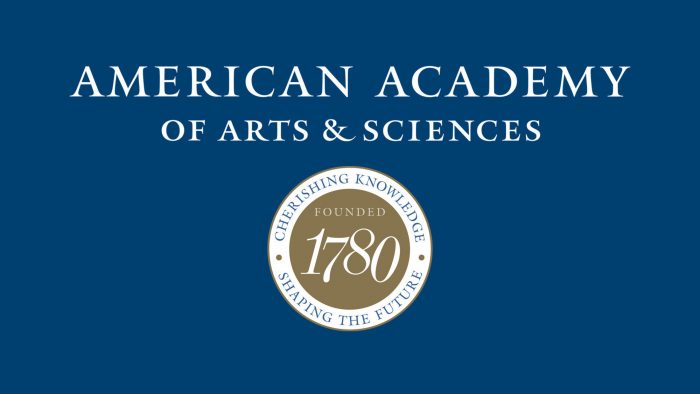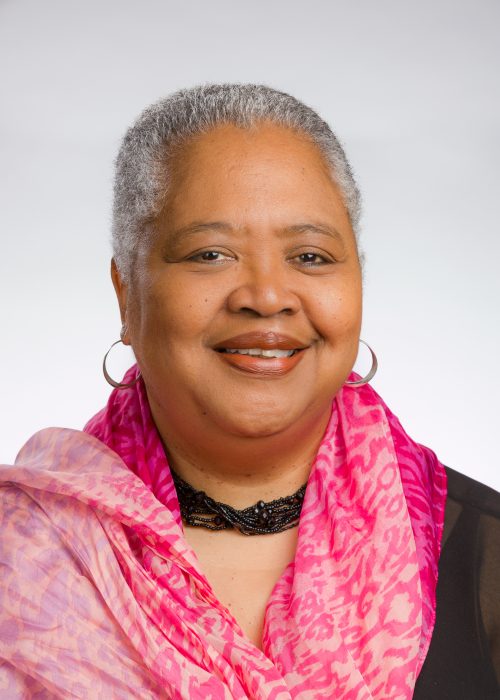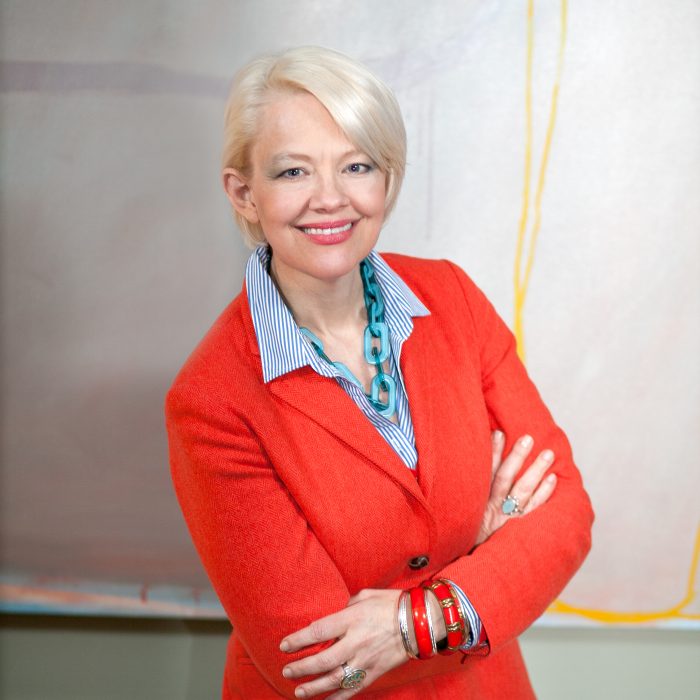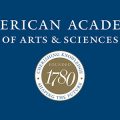Two Smithsonian colleagues elected to the American Academy of Arts and Sciences
Kinshasha Holman Conwill, deputy director of the National Museum of African American History and Culture, and Kim Sajet, director of the National Portrait Gallery, are among the 2021 electees to the prestigious Academy.

The Smithsonian has announced NMAAHC Deputy Director Deputy Director Kinshasha Holman Conwill and NPG Director Kim Sajet have been elected to the American Academy of Arts and Sciences. The Academy’s members are world leaders in the arts, sciences, business, philanthropy and public affairs. Elected members join with other experts to explore challenges facing society, identify solutions and promote nonpartisan recommendations that advance the public good. The Academy is an honorary society that celebrates the excellence of its members and an independent research center that convenes leaders from across disciplines, professions and perspectives to address significant challenges.
Founded in 1780, the Academy honors exceptional individuals in a variety of fields and convenes these leaders to advance new ideas and address important issues toward the public good. Members include some of the most accomplished voices in the arts and humanities, social policy, education, global affairs, and science and technology. Notable members from the Academy’s history include Margaret Mead, Jonas Salk, Barbara McClintock, John F. Kennedy, Martin Luther King, Jr., Aaron Copland, Martha Graham, John Hope Franklin, Georgia O’Keeffe, I.M. Pei and Toni Morrison.
The 2021 election provides an opportunity to recognize extraordinary people across America and around the globe who help solve the world’s most urgent challenges, create meaning through art and contribute to the common good from every field, discipline and profession.
“We are honoring the excellence of these individuals, celebrating what they have achieved so far and imagining what they will continue to accomplish,” said David Oxtoby, president of the Academy. “The past year has been replete with evidence of how things can get worse; this is an opportunity to illuminate the importance of art, ideas, knowledge and leadership that can make a better world.”
Kinshasha Holman Conwill
CLASS IV – Humanities and Arts
SECTION 5 – VISUAL ARTS

An acclaimed author, lecturer and writer on visual arts and cultural policy, Conwill has served as the deputy director for NMAAHC since 2005. During her time at the museum, she has worked to fulfill the museum’s vision of expanding its collections, fostering external partnerships, and developing exhibitions and programs. She was the lead editor and co-editor for projects ranging from exhibition catalogs to books on the museum’s collections, including Dream A World Anew: The African American Experience and the Shaping of America, Ain’t Nothing Like the Real Thing: How the Apollo Theater Shaped American Entertainment and We Return Fighting: World War I and the Shaping of Modern Black Identity.
Conwill is a former director of The Studio Museum in Harlem, where she curated more than 40 exhibitions and was a commissioner for an award-winning contemporary African art exhibition at the Venice Biennale. She is a former chair of The Institute of Museum and Library Studies, and a board member of the Andy Warhol Foundation for the Visual Arts, the Association of Art Museum Directors and the Municipal Art Society of New York. She was named one of the 100 most influential museum professionals of the 20th century by the American Association of Museums.
Kim Sajet
CLASS V – Leadership, Policy, and Communications
SECTION 5 – SCIENTIFIC, CULTURAL, AND NONPROFIT LEADERSHIP

As the first woman to serve as director of the Smithsonian’s National Portrait Gallery, Kim Sajet (pronounced Say-et) has been exploring new ways to place personal experience and creativity at the center of learning and civic awareness. Not just a place to see famous Americans, the museum explores identity as a social construct that has been shaped in equal measure by opportunity and ability, prejudice and fear. By taking a cross-disciplinary approach that merges the traditional forms of painting, sculpture, drawing and printmaking with poetry, installation art, video and performance, Sajet aims to bring history alive.
Sajet oversees a staff of 97 with an annual federal budget of $11 million (fiscal year 2017) and a collection of about 23,000 objects. The museum’s mission is to tell the multifaceted story of the United States through the individuals who have shaped the nation’s culture.
Before her current appointment, Sajet was the president and CEO of the Historical Society of Pennsylvania, the vice president and deputy director of the Pennsylvania Academy of the Fine Arts and the director of corporate relations at the Philadelphia Museum of Art. Before arriving in the United States with her family in 1997, she served first as curator and then as director of two Australian art museums from 1989 until 1995.
Before her current appointment, Sajet was the president and CEO of the Historical Society of Pennsylvania, the vice president and deputy director of the Pennsylvania Academy of the Fine Arts and the director of corporate relations at the Philadelphia Museum of Art. Before arriving in the United States with her family in 1997, she served first as curator and then as director of two Australian art museums from 1989 until 1995.
The American Academy of the Arts and Sciences
The American Academy elects members in thirty sections that are organized within five classes, including the sciences, social sciences, humanities, arts, and business. The election process starts with nominations and is rooted in a review process starting with the sections and then the entire membership.
Over 1,300 nominations are considered each year, and of this number, around 270 were elected in 2020.
The process consists of the following steps:
- Call for Nominations – Annually, Academy members receive a call for nominations. Each candidate for membership must have two nominators who are already members. The nominators must be from different institutions from each other, and at least one must be from the United States.
- Preliminary Evaluation Ballot – The first round of voting is the Preliminary Evaluation Ballot (PEB), which includes the names of all eligible nominees in a given section and is distributed to all voting members of that section. Section panels, comprised of usually 5-10 members, review the PEB results and select approximately 12 candidates (not including candidates for International Honorary Membership) in their sections to advance to the next round.
- Appraisal List – The second-round ballot, usually consisting of 350-400 names, is distributed to all voting members in the winter. Once again, on the basis of the ballot results, the Academy’s five class committees recommend approximately 6 candidates in each section for election plus suggestions for International Honorary Members.
- Election – The Academy’s Council and Board of Directors are responsible for reviewing and approving the slate of candidates recommended for election. Results are announced in mid-April.
The primary criteria for election are excellence in the field and a record of continued accomplishment. The section panels and class committees are also responsible for recommending a representative and diverse slate of candidates in terms of gender, race, ethnicity, institutions, geography, disciplines and balance of fields that includes both practitioners and scholars.
Posted: 20 April 2021








